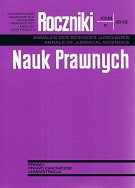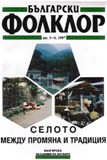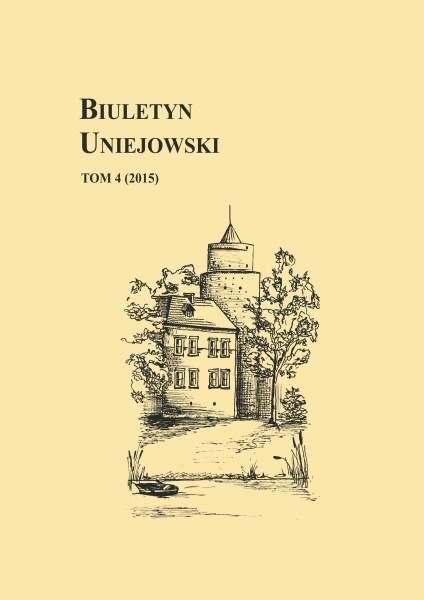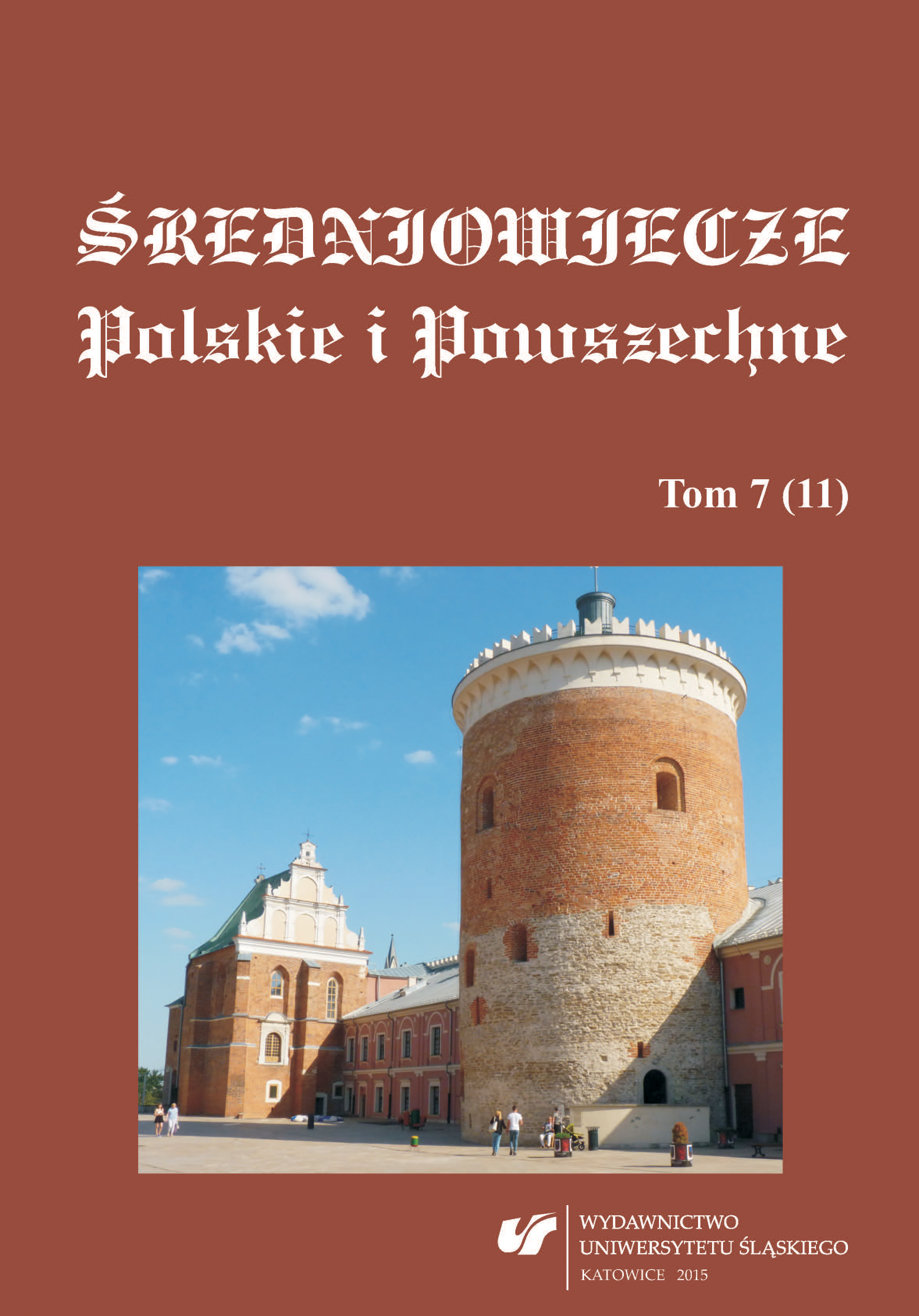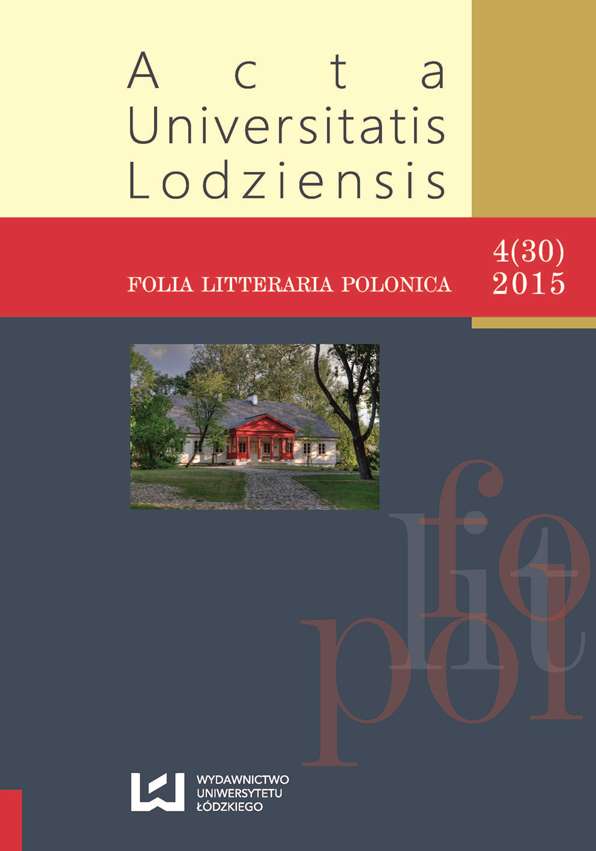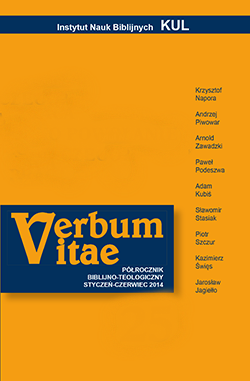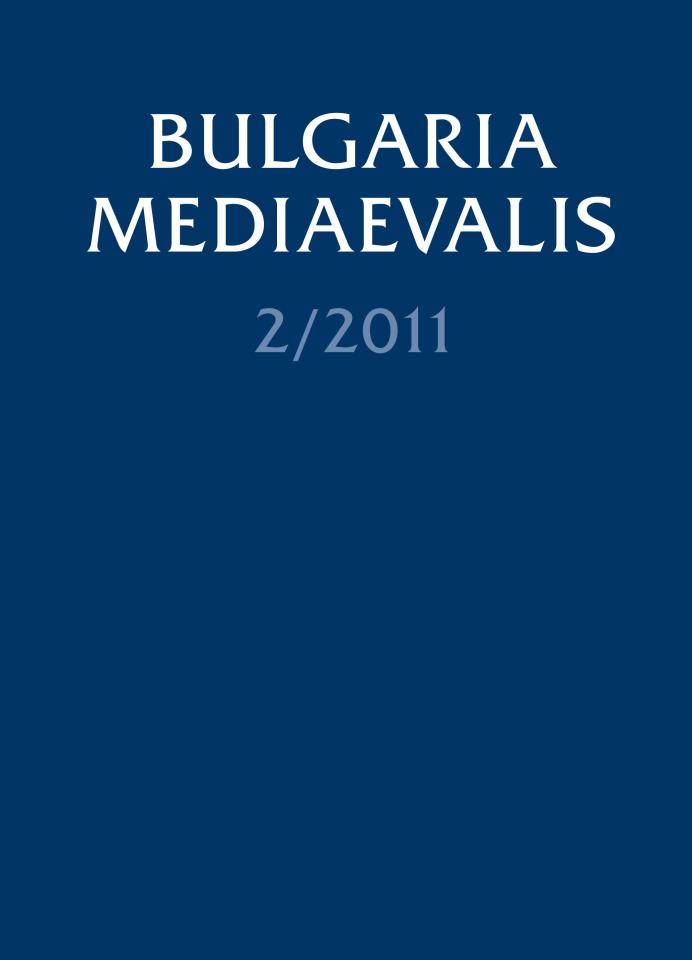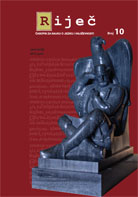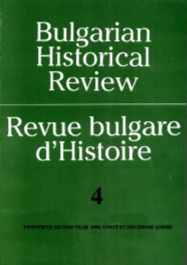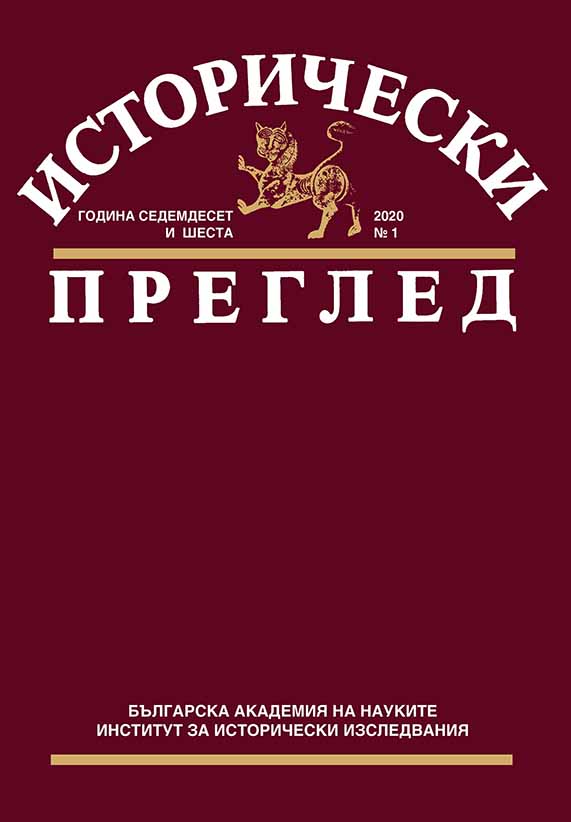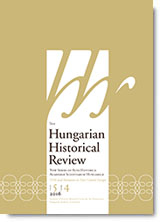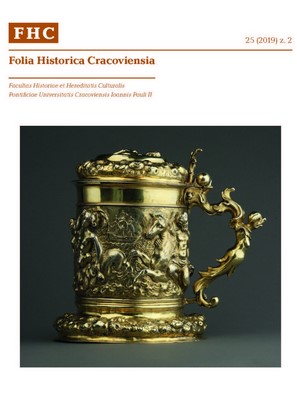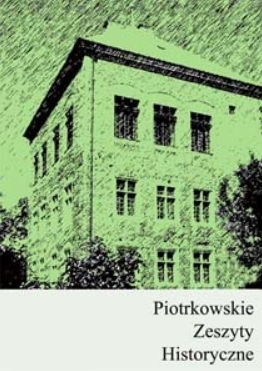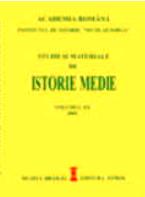
Nicholas the Spathary "Milescu": the Image of Siberia and China in European Context (I)
Spătarul Nicolae "Milescu": Imaginea Siberiei şi Chinei în context european (I)
Keywords: the relations between Romanian culture and the Asian space;
This study continues the project of our investigations that try to include the whole area of the relations between Romanian culture and the Asian space, taking in account the oldest medieval testimonies and continuing through until the documents from modern times, that may be considered the promoters of the first Oriental studies. Following the first evaluations from our study "The Image and the Memory of Asia in the Romanian Culture" (Archvs. Studies in the History of Religions vol. II, 1998 - III, 1999, p. 213-449), we have tried to focus in a deeper way the relations between the literature of Asian interes, from the second half of the century, such as Russia seu Moscovia itemque Tartaria. Commentario Topographico atque Politico illustratae or Ioannis Boteris et alii, Persia seu Regni Persici Status. Variaque Itinera in atque per Persiam: cum aliquot iconibus incolarum (Lugduni Batavorum, 1630 and 1633) and the oriental writings of Spathary Nicolae. The works of Nicolaus Trigauti and Martinus Martini, J. Nieuhoff and Adam Olearius, Alvarez Semedo, the entire work of Pater Athanasius Kircher and the Asiatic epistolary of Leibniz shows the religious, economic, social and politic role of the discovery especially of Siberia and China. Leibniz's Novissima Sinica (1699) that also contains Brevis Descriptio itineris Sinensis a Legatione Moscovitica anni 1693. 94. 95 confecti, emendatius edita, is one of the principal attestations of Leibniz's constant interest for the relations with Asia promoted by ambassadors and Russian travellers. In the context of this difficult and long process of the integration of Asian memory, the other partner, the Spathary Nicolae “Milescu” represents, in a way that has never been enough explored before in the Romanian historiography.
More...
